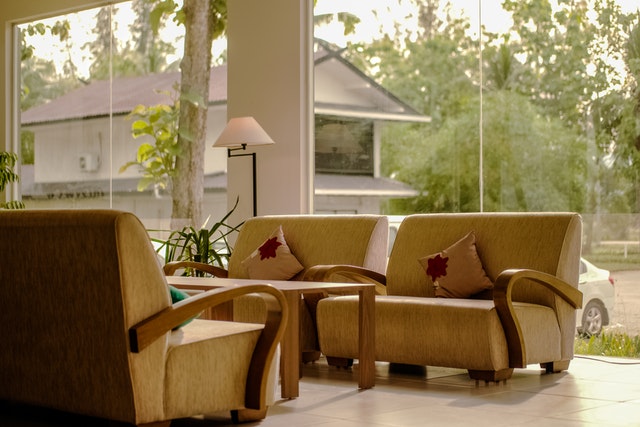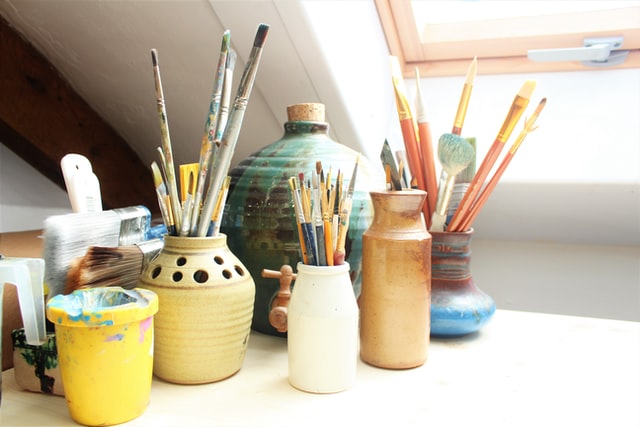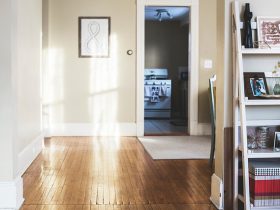A doctor’s waiting room is often a small space, so design your space around its amenities. For example, it should have a play area or a place for the kids to have a snack. Although, you will have to spend additional resources to clean up messes, which decreases the value of amenities. So you may consider the avatar of your patient and your target market when choosing the amenities.
Artistic displays create a focal point.
There’s nothing more frustrating in a waiting room than having to wait for an appointment. To help your clients feel more at ease, designing a small waiting room can do the trick. Decorate with calm, soothing colors. While bold branding colors may look great in accent pieces, they can make a waiting room feel claustrophobic. So instead, use these colors sparingly, preserving them for accent pieces only. A focal point can direct the eye and provide organization in a small space. While there are no hard and fast rules for creating a focal point in a small room, it’s a great way to make the area look more prominent. For instance, consider putting an artistic display in a corner or utilizing patterned wallpaper to enliven the room.
Decorative mirrors make a space appear larger.
Decorative mirrors help create an illusion of space and height. They can be shaped in octagons, ovals, or rectangles and reflect light on the walls and ceiling. Small mirrors are best suited for accents, and smaller ones blend in with the decor. In any case, they should be placed at eye level or higher. A 2-inch border is a good rule of thumb when choosing the right size of mirrors.
Mirrors are the best way to make a small space feel more spacious. Mirrors are practical as they allow you to check your appearance and give the room a more spacious feel. Mirrors also add decor and can be styled to fit your room’s style and color scheme. They can make any room look more extensive and make a dark room appear brighter and more inviting.
Plants add visual interest.
Plants can be used in waiting rooms without compromising on comfort. A corner sofa with a low back is comfortable for several customers, and a footstool can double as extra seating. If space is at a premium, you can have bespoke couches made to fit the exact dimensions of the room. A magazine rack, drinks station, and plant life add visual interest. The plants also add a soothing element to the room.
Plants filter the air and give your waiting room an inviting and soothing effect. You can opt for artificial plants if you don’t have natural lighting. The scent is another critical factor in the first impression that your visitors will get when they enter your office. Diffusers or air fresheners can help create the right bouquet without overpowering the space. Remember that aromas must be subtle and not be too strong, or they will have the opposite effect.
Creating a welcoming environment.
While a waiting room is not the most glamorous or exciting space in your office, it can make a big difference. For example, patients may feel anxious as they wait in a crowded room for an appointment or might not have visited your practice in years. In such cases, you should try to create a welcoming environment. Use soothing colors to evoke comfort and calm in your waiting room. Cool colors are great for relaxing and calm environments and the perfect wall color can energize your space. Avoid using bold colors for the walls unless they are accented with colorful accent pieces. A soothing, relaxing soundscape is an excellent choice for any room. Don’t overlook indoor plants for the same reason. A few strategically placed potted plants can make the waiting room feel like a lush oasis.
Lighting plays an integral part in waiting room design.
The proper lighting in a waiting room has a significant impact on the way patients feel while they wait. Blue lighting complements white walls and is soothing, while a warm yellow glow highlights a focal point. Use decorative lighting to highlight important areas of the room, including artwork. Lighting should mimic natural light as much as possible, taking advantage of natural rays from the sun and setting. It is also essential to take advantage of the natural ambiance.
If you want to improve your patients’ convenience, make the atmosphere inviting for the patient and the family. Consider the size of the room to determine how many amenities are necessary.








